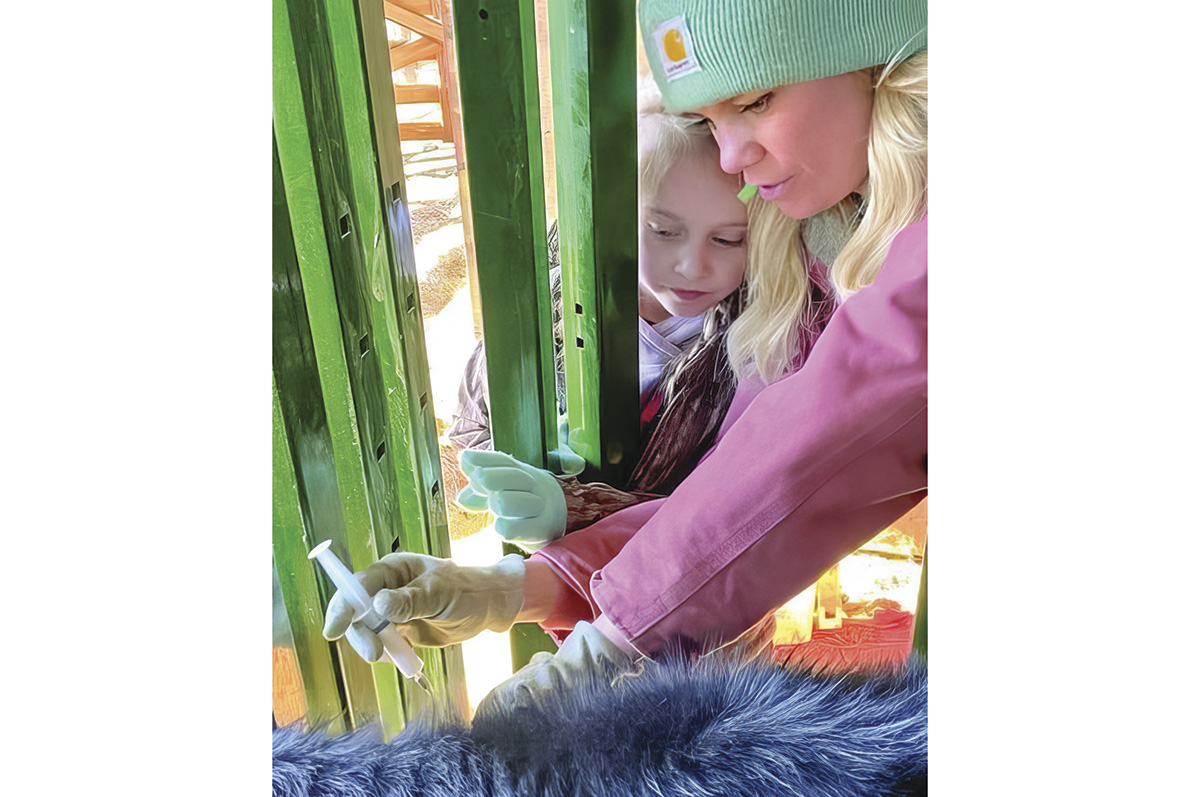As muddy spring weather approaches, it is more important than ever to make sure your ranch is prepared. Spring is a season of growth and renewal, and on a cattle ranch, it marks the beginning of another busy season filled with newborn calves, preparing the fields and fixing fences to prepare for cattle to go to pasture.
It may feel like everything is happening at once, which can cause uncertainty, and when panic arises things can go wrong. That’s why it’s important you stay organized and prepared by creating a checklist with all the things you should do to keep your ranch in prime condition this spring.
If you’re not sure where to start, or what to add to your list, here is a spring preparation checklist to help you start the process.
1. Prepare for calving season
If your operation calves during spring, it is important that you’re well prepared in advance. Start by making a calving management plan which includes protocols for when a cow calves, what to do in case of emergencies, where all the supplies are stored and a list of emergency contacts. This will help ensure that things go as smoothly as possible.
It’s also important that your facilities are up to date, and you have all the supplies necessary. Make sure your calving pens and other important areas are cleaned out and ready for each new cow that comes through. You also want to check and confirm things such as light bulbs and outlets are working in your barn and surrounding areas. Double-check to ensure you have chains, calf jackets, towels, gloves, colostrum and other essential equipment needed in case of emergencies. This will save you time and could mean the difference between life and death in some instances.
2. Evaluate your grazing land
As the snow melts and reveals the ground underneath, it’s crucial you make the time to examine your pastures. Inspect the quality of the pasture – what’s the grass like; are there any new plants growing that may harm your cattle? If you’re concerned about the quality of the land, consider sending samples away to be tested before preparing to put your cattle out to pasture. This spring, look into creating a pasture management plan – especially if you run your operation using regenerative ranching practices, including rotational grazing. By planning well in advance, you will be adequately prepared and pasture management should be smooth sailing during the summer months.
Though checking the quality of your pasture is important, it’s essential you stay on top of maintenance. Take the time to examine the fenceline of your pasture – make note of any wire that is broken or loose and any posts that are rotten or old. After you’ve done that, plan a few days to fix the fence before you move your cattle out to pasture.

Have a vaccination plan in place ahead of time so you are prepared to address all herd health needs when working cattle. Photo courtesy of Arrowquip.
3. Maximize equipment efficiency
Though you can’t get away without using machinery on the ranch, certain equipment gets stored away for the winter and isn’t looked at again until the snow melts. As spring approaches, the use of ranch machinery will increase, which is why checking and performing routine maintenance is critical. By doing this, you can help identify any minor issues that may have been missed before the equipment went away for the winter and make the repairs before they become major problems. By keeping your machinery in optimal condition, you are reducing the chance of things breaking down, which can save you time and money which, as anyone in the industry will tell you, is precious.
Additionally, you want to ensure your cattle-working equipment is in top condition. Though this is important during every season, springtime is even more important as that is when most processing happens. Make sure you inspect every aspect of your cattle working system. This includes corral panels, cattle gates, alleyways, cattle squeeze chutes, and any other equipment you may use to handle your livestock. Look for rust spots, bent equipment, and any sharp pieces sticking out that can injure you or your cattle, and ensure you fix them right away.
If you’re looking for new equipment, make sure you do your research. Look for equipment that prioritizes safety, accessibility, and cattle behavior so you can get the job right every time. Cattle equipment that requires little to no maintenance is also a bonus, as this will save you time and money for other more important tasks.
4. Tailor treatments for seasonal challenges
As mentioned, spring is a busy time for cattle producers, as this is when a lot of the processing happens. This includes administering vaccines and other medications. Being prepared to vaccinate and treat your cattle for various diseases is important to ensure you maintain a healthy herd. If your operation runs on a spring-calving schedule, you know how easily calves can get sick during this time of year, which is why you want to make sure you’re giving calves medications that improve their immune systems and decrease the risk of respiratory infections.
Another thing you want to watch for in your cattle as the seasons change is worms. Infestation is highest during the spring and fall when precipitation is more common, temperatures are warmer and grass is growing. It’s a good idea to talk to your veterinarian about different treatments for your cattle to help prevent the spread of worms through your herd.
As you begin to prepare for warmer temperatures, remember that an organized and proactive approach will be key to ensuring another successful season for your cattle operation. By following this guide, you can be certain you will be prepared for whatever comes your way this spring.








